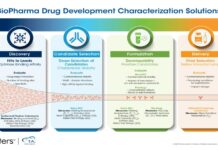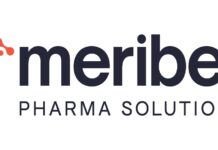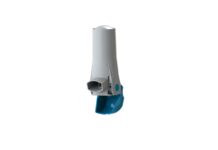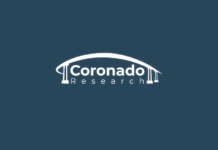The global cancer diagnostics market, valued at USD 163.7 billion in 2021, is anticipated to witness substantial growth, reaching over USD 335.7 billion by 2031, with a projected compound annual growth rate (CAGR) of 7.4% from 2022 to 2031. Analysts foresee several factors contributing to this growth trajectory, including technological advancements, government initiatives, and increased funding in the sector.
One of the key drivers of market growth is the rise in cancer cases worldwide. This surge is attributed to various factors such as environmental influences, genetic mutations, and lifestyle choices. Technological innovations, particularly in companion diagnostics and breakthrough detection technologies like proteomics and genomics, are expected to bolster the demand for cancer diagnostic devices.
Early detection of cancer is crucial for effective treatment and improved patient outcomes. Consequently, there has been a significant uptick in cancer awareness and early screening programs in recent years. Despite these efforts, reducing mortality rates from advanced-stage cancers remains a challenge. However, advancements in identifying specific cancer biomarkers have paved the way for improved detection and targeted therapies.
Non-invasive diagnostic procedures have gained popularity among patients due to their convenience and lower associated costs. Imaging tests such as ultrasound, MRI, and CT scans, along with liquid biopsies, are preferred for their simplicity and effectiveness in detecting cancer. This preference for non-invasive methods is expected to drive the demand for such diagnostic tests in the coming years.
The global cancer diagnostics market is segmented based on test types, applications, and end-users. Biopsy procedures, which have seen continuous improvement leading to the development of liquid biopsy technologies, accounted for the largest market share in 2021. Additionally, the rise in smoking habits is driving the demand for lung cancer diagnostics.
In terms of regional outlook, North America is poised to lead the global market, owing to factors such as changing demographics, increased cancer prevalence, and well-established diagnostic centers. Meanwhile, Asia Pacific is emerging as a significant market, with rising cancer rates and government support for research and development initiatives.
Key players in the global cancer diagnostics market include Abbott, Agilent Technologies, Inc., Roche Ltd., and Thermo Fisher Scientific, Inc. These companies are focusing on new product developments, strategic partnerships, and acquisitions to strengthen their market position.




















